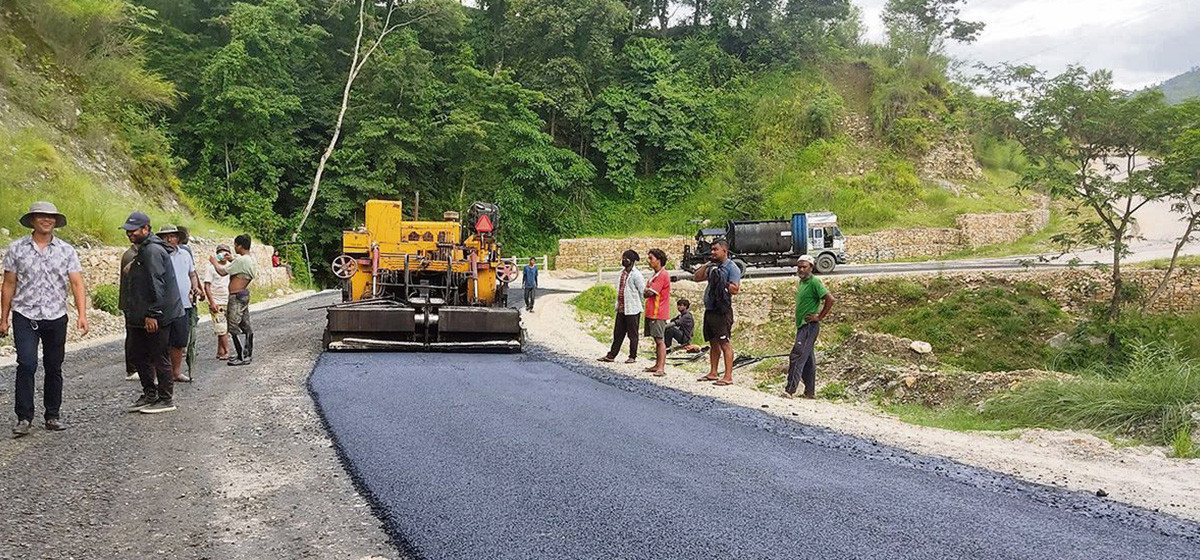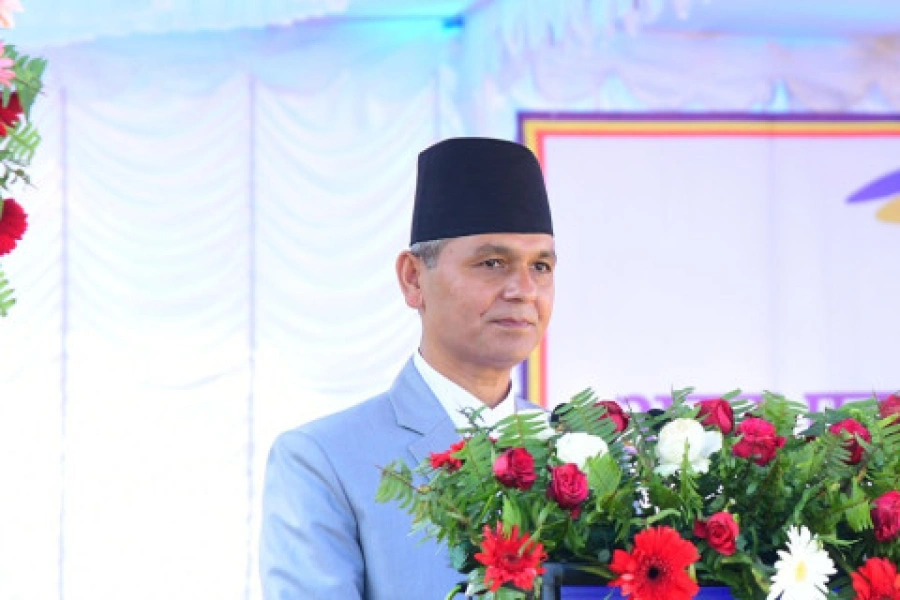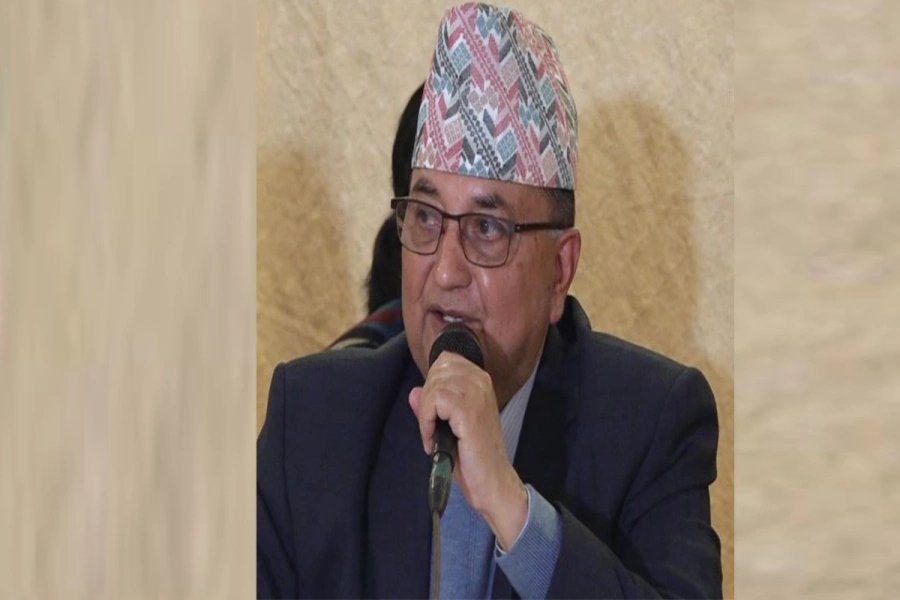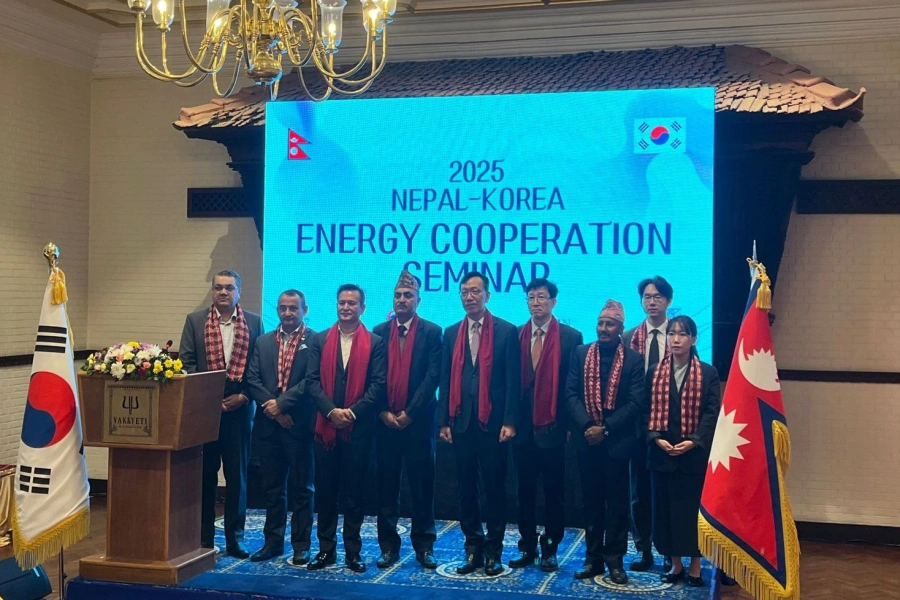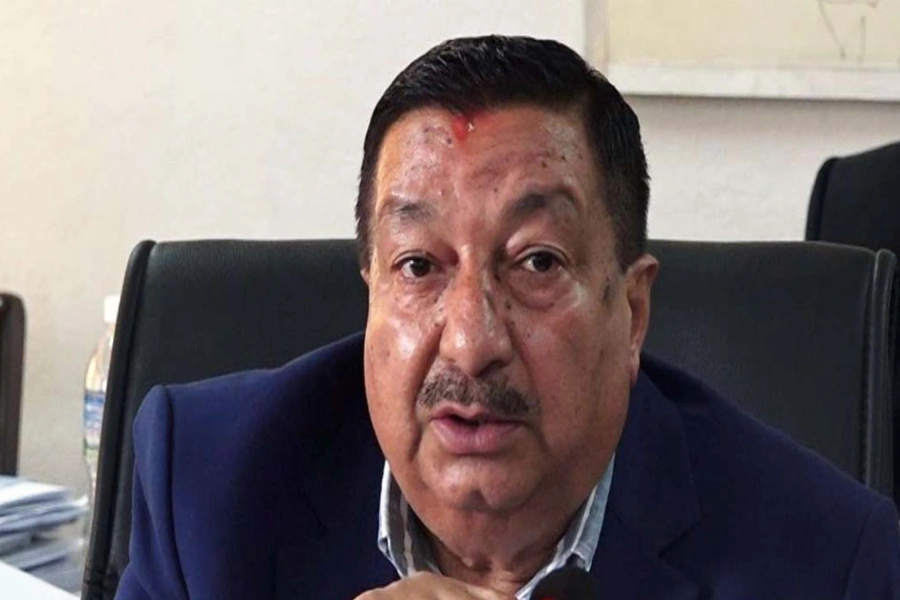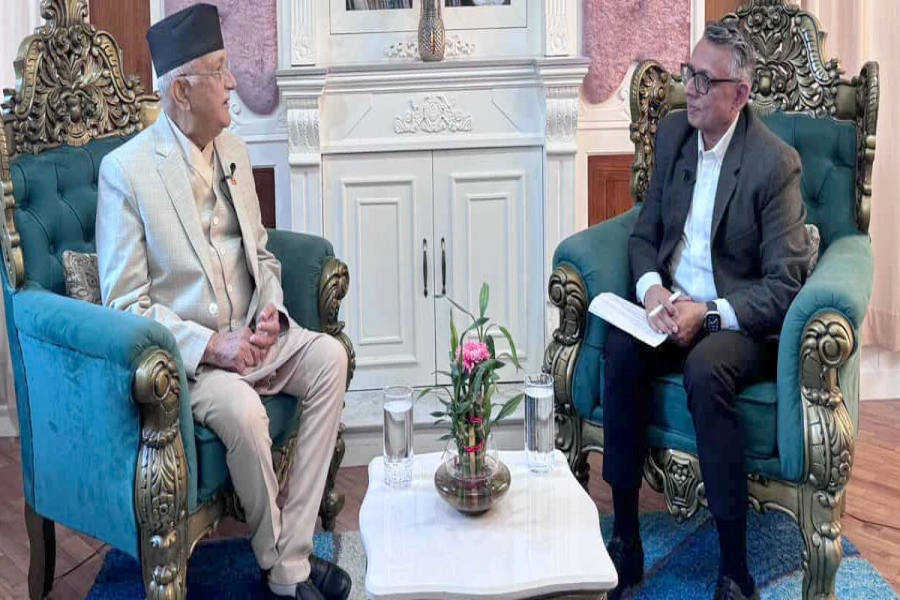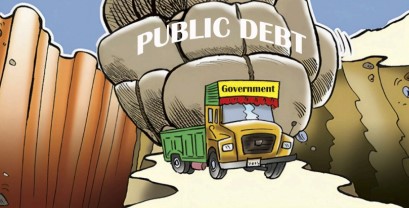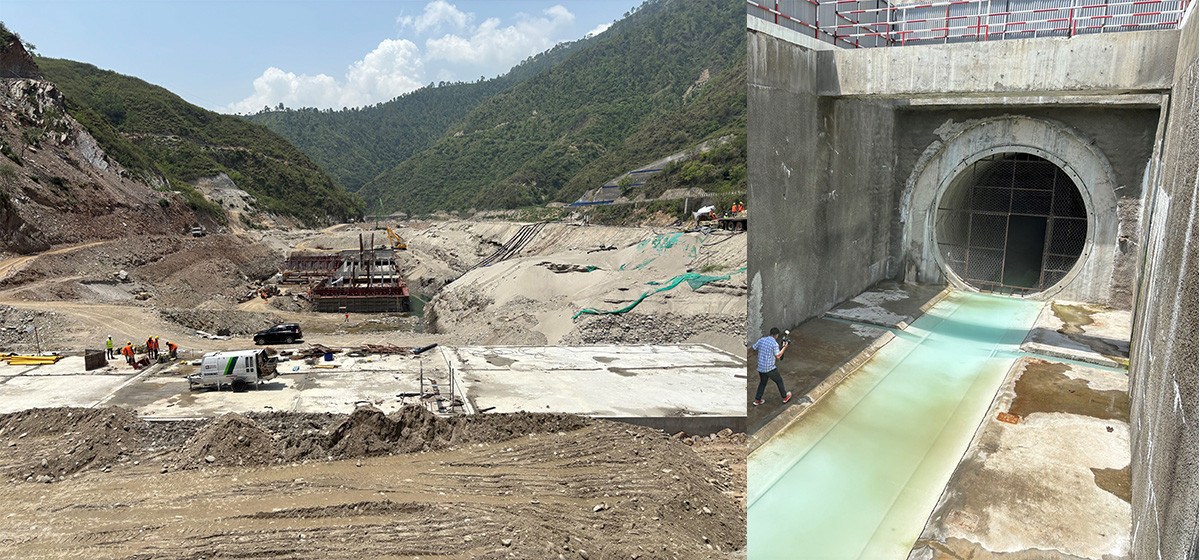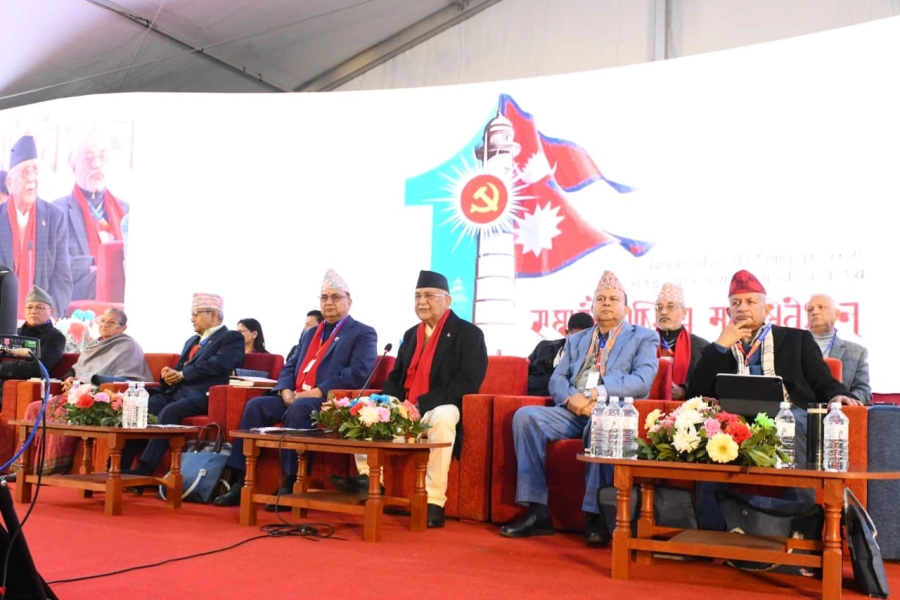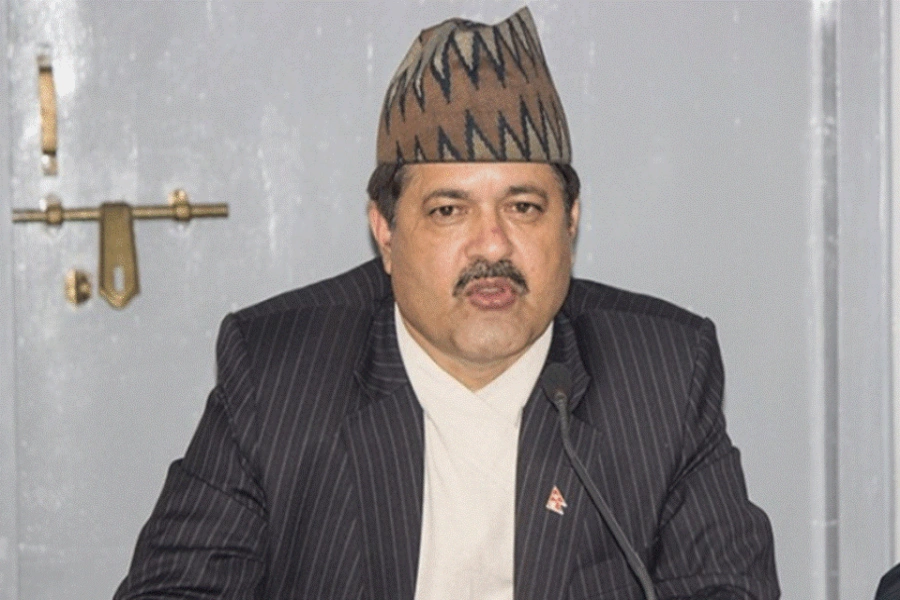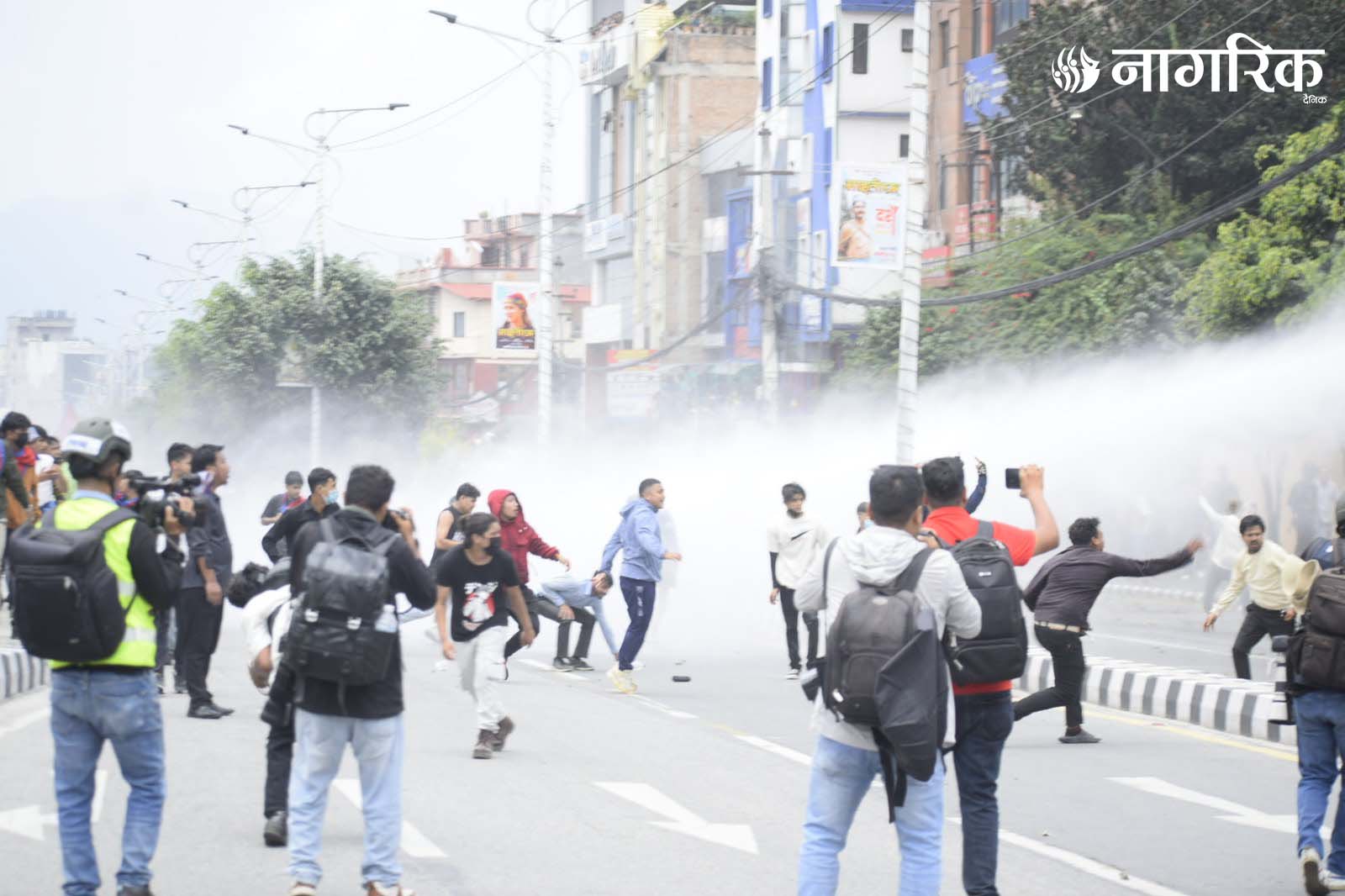KATHMANDU, July 6–With only four days remaining before the current fiscal year’s payment system closes, Nepal has spent less than half of its development (capital) budget. As of Friday, the 20th of Asar (July 5), only 47.69 percent of the capital expenditure had been utilized. The Office of the Financial Comptroller General will shut down the payment system for the fiscal year 2080/81 from Asar 25 (July 9).
For the current fiscal year, the government had allocated NPR 352.35 billion for capital expenditure. However, with the year nearly over, only NPR 166.22 billion—less than half—has been spent in 11 months and 20 days. The failure to spend the capital budget directly affects development and infrastructure projects.
Despite allocating just 18 percent of the total budget for capital expenditure due to limited government resources, even that small amount couldn’t be spent—raising questions about the government's efficiency. Capital expenditure is lower compared to last year, when 49.63 percent had been spent by this time.
Desperate search for missing girls as nearly 80 dead in Texas f...
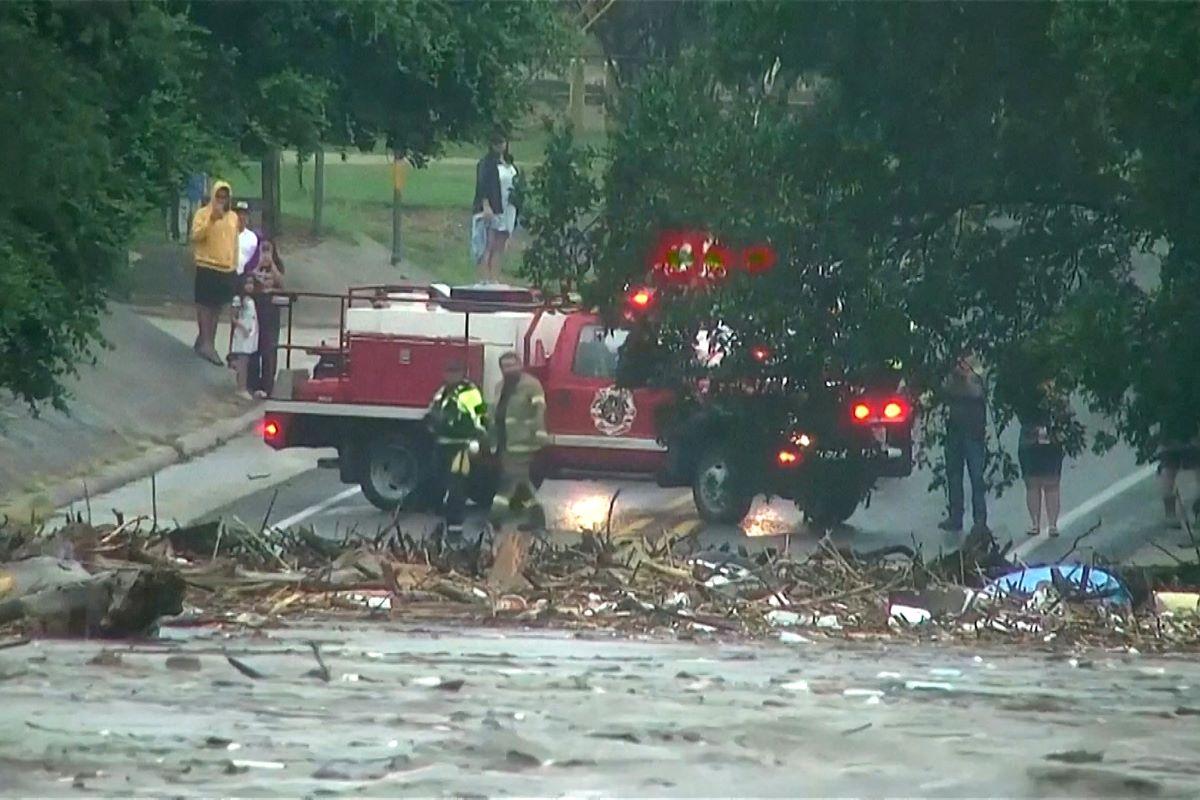
Experts express concern that even the allocated budget for development projects remains unused. Stakeholders blame the Finance Ministry and line ministries for the failure to utilize capital funds. According to Rabi Singh, President of the Federation of Contractors’ Associations of Nepal, the government itself is to blame.
“There is a resource crunch,” Singh said. “Government agencies are looking for ways to avoid making payments.” He noted that even payments under the strategic road network have not been released. When contractors do not receive timely payments, project work halts—leading to poor capital expenditure.
Amid a shortage of funds for infrastructure development, the fact that even the allocated capital budget is not spent is worrying. The situation not only stalls development but also raises doubts about the government's capacity to execute budgets effectively. With increasing liabilities in salaries and social security, and stagnant revenue, only about 18 percent of the total budget is allocated to capital expenditure—and barely half of that is being spent.
There’s a two-fold crisis: capital allocation is low, and spending is inefficient. Capital expenditure typically covers infrastructure like roads, irrigation, water supply, airports, and hydropower—all of which require substantial investment.
In the past five years, the capital expenditure allocation has remained below 20 percent of the total budget. In FY 2077/78, it was 19.12 percent; in 2078/79, 16.50 percent; in 2079/80, 16.51 percent; in 2080/81, 17.25 percent; and in 2081/82, 18.94 percent.
Despite expectations that capital spending would rise after Nepal adopted federalism, the actual spending has remained weak. The longstanding tradition of low capital expenditure in the early part of the fiscal year continues, even though tenders have been published since the beginning of the year. The habit of underspending early and rushing through expenditures at the end still persists—affecting both current and capital spending.
So far, 76.38 percent of the total allocated budget has been spent. Out of the total budget of NPR 1.8603 trillion for the current fiscal year, NPR 1.42085 trillion has been spent as of Friday. Current expenditure far exceeds capital spending, with 82.51 percent already spent. Of the NPR 1.14066 trillion allocated for current expenses, NPR 941.17 billion has been utilized.
Due to resource shortages and poor spending capacity, the Finance Ministry revised the budget base during the mid-term review. As of Asar 20, only 75 percent of the government’s revenue collection target had been met.


